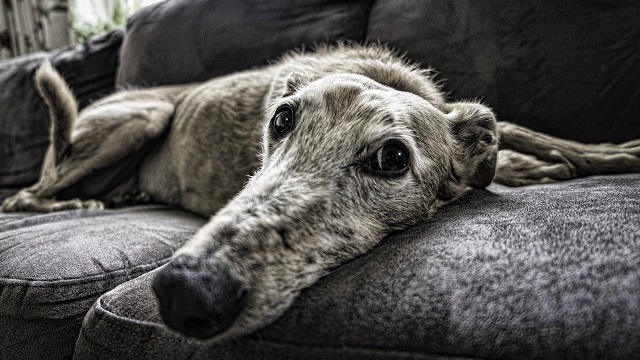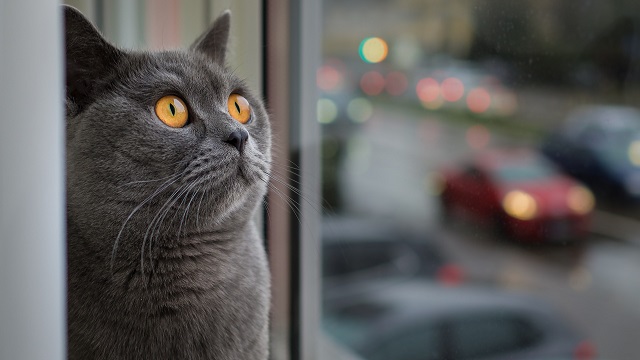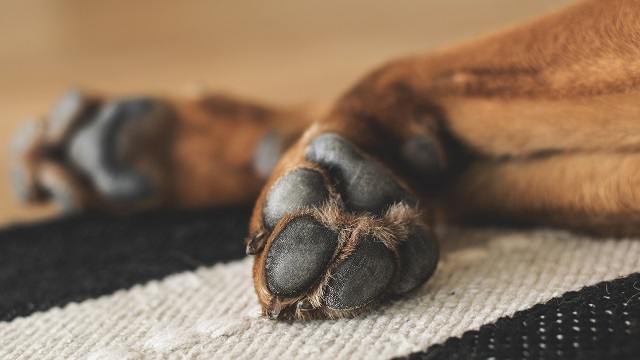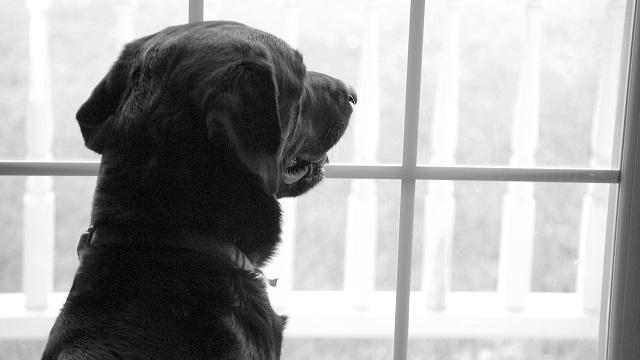We are living odd times, with sudden challenges and restrictions being implemented all over the world due to the COVID-19 outbreak. These must be managed in the best way possible, to maximize our well-being as well as our pets’.
Besides the disease itself, the main issue we are dealing with is the quarantine and the anxiety and stress it brings. So we decided to gather some tips and information on how we (and our pets!) can handle our daily life throughout this period!
Warning! If you have contracted COVID-19, you should ask someone else to take care of your pet while you recover, if possible.
Keep the routine – some control and predictability may come in handy

It is purely chaotic to suddenly have a house full of people plus our four-legged best friends. Some pets, especially cats, have a difficult time dealing with this excessive human presence, particularly if there are kids around.
Set realistic and achievable tasks for the day for the entire household. As mentioned, some control and predictability may be useful to manage the stress levels along the day:
- An example of predictability is to link a word to an activity. If it’s time to play, say “play time”; if it’s time to pet, say “relax time”. This way your pet will be calmer in between each activity and won’t demand to engage in it, as they know there is a specific command to signal the beginning of each event.
- An example of control is to give your buddy the choice to make a decision. It can be achieved by simply providing a box to your cat, for them to choose if they want to play with it or sit inside it. Or, if you own a dog, providing a few toys for them to choose the one they want to play with.
It’s of the utmost importance to respect your best friend’s space and to provide a private and quiet place for them to hang out, play with a toy by themselves or just lie down. Advise and explain to young children that they should respect this “alone” time.
Respect is the key word to accomplish a smooth environment!
Environmental enrichment
At this point, you may very well be teleworking, reading those forgotten books or revisiting classic movies. Your pet cannot adopt that strategy – but has to deal with tedium, too! Cats are royalty when it comes to developing stress-related diseases.
Environmental enrichment for dogs

- Directly interact with the dog by playing with a toy or teaching a new trick (always with treats). You can also learn how to massage your dog and create a new and healthy habit.
- Give your dog something to do while you are doing other stuff – a toy filled with treats or a pet puzzle, for example.
- In case your dog is old, try less intense activities and give preference to toys. On the other hand, a puppy may need more interaction and learning guidance.
Environmental enrichment for cats

- Provide structural stimulus using boxes, cat trees/towers or scratch poles. Scatter them around the house, multiply the number of water bowls and make high points available, where your cat can hide and get far away from the other elements of the household, both human and animal.
- Reinforce the quality and the time spent on the daily social interactions by engaging in new plays, grooming, petting or teaching new tricks (yes, cats do learn as well as dogs!). Never forget to respect the animal’s mood and willingness to participate.
- Provide enrichment based on interactive food toys, puzzles and catnips or even by using toilet paper to stimulate the cat to use their paws, sense of smell and snout.
- Choose to play in the evening, since that’s usually the most active part of the day for felines.
Pheromones may be a resourceful weapon for dogs and cats and mindfulness exercises work astonishingly well for humans.
How to guarantee a safe and high-quality walk

Walking the dog is imperative for their well-being, not only for them to relieve themselves but also because it’s a time to socialize and exercise (physically and mentally). Due to the restrictions imposed by each government, it is mandatory to follow the official security measures. Still, by adopting the following suggestions, you can manage to provide the highest quality walk possible.
- Try to go out at a time when there are less people around. It is recommended to avoid any human or animal social contact.
- Let your dog use the nose as much as they desire, as the walks have to be quick.
- Always keep the leash on! Choose to use a multiposition one in order to provide a wider range for your dog to walk and still assure safety when needed.
- Clean the dog’s paws, tail and snout after each walk, before entering the house. Even if there is no scientific evidence that pets transmit the virus, it is better to prevent it. Adopt the same measures if your cat goes outside as well.
- If you have a puppy who is thriving and in need for social contact, use treats to establish a positive link between the pup and the new person. Do it in their presence, all while keeping the safety distance.
We all know that even in normal contexts, avoiding unreasonable punishments and yelling can be difficult. Though, this time you really have to make an extra effort to limit these rash behaviours, if you want to achieve a tension-free atmosphere.
Share this information with everyone going through quarantine with you, and in case of doubt, feel free to contact the Findster Care team anytime. We are available 24/7 and glad to help, especially during this time of crisis!






